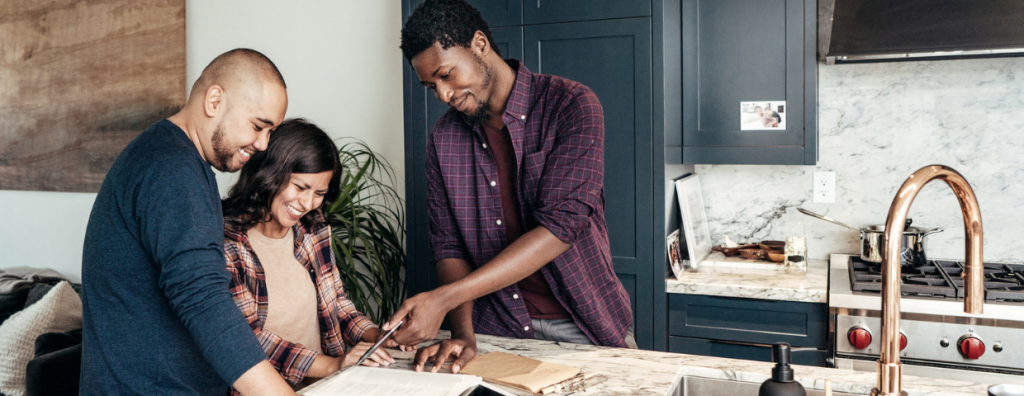Oh my gourd, we love fall! How about you? Whether you’re looking to spruce up your front porch with some festive décor or preparing to put your carving skills to the test, we’ve got a list of the best pumpkin patches to visit across the state:
A pumpkin patch, hayrides, playgrounds, and a 25-acre corn maze are just a few of the attractions offered at Anderson Farms. Home to over 70 species of pumpkins, squash and gourds, you’re sure to find the perfect match this fall season. Bring the family, pick a pumpkin, and enjoy a day of fun!
Bartels Farm, Fort Collins, CO
Family owned and operated; this farm has been around since 1905! The pumpkin patch was established in 2000 when a surplus of pumpkins led the owner to opening the farm to the public. Years later, Bartels Farm has become well known site for seasonal decorations including pumpkins, Indian corn, squash and gourds! Head down to the farm and enjoy a day of pumpkin picking, hay riding and corn maze adventuring!
Fritzler’s Corn Maze, La Salle, CO
“Fall Days” is currently underway! Guests are welcome to explore the eight-acre pumpkin patch as well as the iconic corn maze. Special activities are also offered in the form of pumpkin cannons, pedal go-karts, face painting, a beer garden, an inflatable obstacle course and more!
Rock Creek Farm, Broomfield, CO
Rock Creek Farms is a 100-acre pumpkin patch! They’ve got the selection; all you have to do is pick! This farm also features six miles of corn mazes, a petting zoo, festive decorations, and delicious treats, all the makings for the perfect fall outing!
Colorado Pumpkin Patch, Monument, CO
Not your average pumpkin patch! This family-friendly farm has it all: hayrides, laser tag, pony rides, sports camps, food, and more. Make a day of it and enjoy a day of fall fun!
Shop Your Local Farmers Markets
Keep it simple and shop local: head to a farmers market near you and shop this years pumpkin selection. What a great way to support small businesses while celebrating fall in Colorado!
 Facebook
Facebook
 X
X
 Pinterest
Pinterest
 Copy Link
Copy Link


















